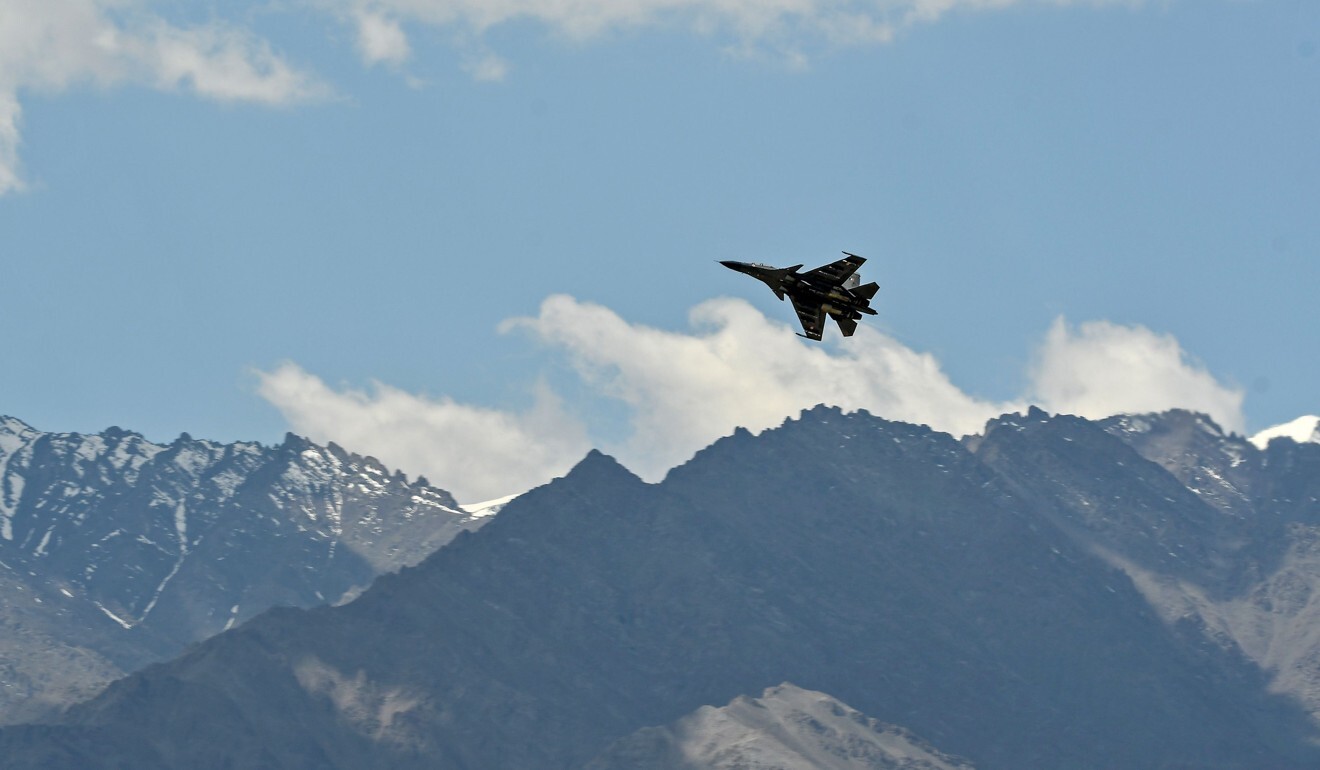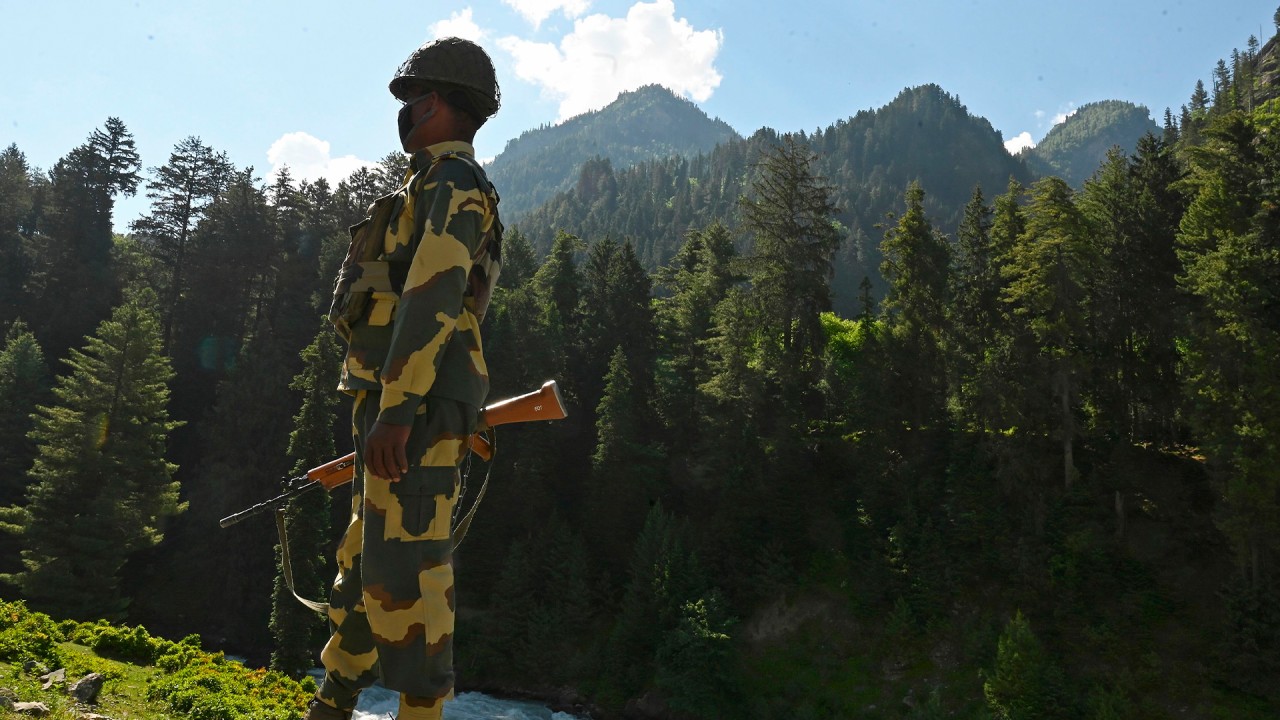
First China, now Pakistan: India faces prospect of war on two fronts
- Indian military officials are growing concerned that China and Pakistan might gang up on New Delhi at a time when it is faced with surging coronavirus
- It is an eventuality long considered, but despite planning, the need to commit resources to two fronts at the same time would stretch the armed forces
Long and troubled history behind China-India border fight

The Indian military is huge and contingencies are always kept in mind, said a senior security official who wasn’t authorised to speak to the press. But despite the planning, the need to commit resources to two fronts at the same time would stretch the armed forces.
It’s an eventuality India’s army chief has warned of, urging the government – including its diplomatic corps – to be prepared to step in to avoid it.
Pakistan PM says ‘no doubt’ India was behind Karachi stock exchange attack
“As far as two front war is concerned it is a possibility,” General Manoj Mukund Naravane, India’s Chief of Army Staff, said in May. “A country does not go to war with its armed forces alone. It has other pillars like diplomatic corp and other organs of government which will come into play to make sure that we are not forced into a corner where we will have to deal with two adversaries at the same time and in full strength.”
Indian and Chinese troops remain deployed eyeball-to-eyeball along the country’s northern boundary, the unmarked and contested Line of Actual Control, which saw tensions rise in early May. Both sides have amassed thousands of troops, artillery guns and tanks at multiple locations.
What are India’s choices? It can’t attack China and throw them out and they know it
The army said on Wednesday more diplomatic and military talks were planned “to ensure peace and tranquillity” after military level negotiations ended without a clear outcome. In Beijing, Foreign Ministry spokesman Zhao Lijian told reporters China hoped the two sides would “keep up close communication through military and diplomatic channels, and ease the situation and lower the temperature along the border”.
At the same time, India’s 742-kilometre Line of Control with Pakistan has become equally active and tense. Indian troops have faced regular cross-border firing and engaged in counterterror operations in the hinterland.
India’s army said it killed 127 “terrorists” in the first six months of the year, about 30 per cent higher from a year ago, according to a senior security official who asked not to be identified, citing rules for speaking with reporters. The incidents of cross-border firing recorded by the Indian military also doubled in 2020 compared to 2019, the official said.

Pakistan’s foreign ministry in a statement on Wednesday blamed India for more than 1,500 “ceasefire violations” including deaths and injuries of civilians on their side of the Kashmir frontier this year.
Some military formations which normally move to bolster counter-insurgency operations along the Pakistan border in the summer months have now moved to the India-China border.
“The Indian Army is a well-led professional force organised, equipped, trained, experienced and motivated to take on any commitments that it may be called for, be it internal or external,” Indian Army spokesman Colonel Aman Anand said in response to questions.
Collusion between Pakistan and China to keep India’s western and northern borders on simmer at the same time is difficult to prove but cannot be ruled out, said Vipin Narang, associate professor of political science at MIT and author of Nuclear Strategy in the Modern Era: Regional Powers and International Conflict.

02:13
India and China attempt to de-escalate border tension after deaths
The clash with “China is obviously a major embarrassment for India. What are India’s choices? It can’t attack China and throw them out and they know it,” said Mahmud Durrani, a retired lieutenant general and national security adviser in Pakistan. “The fallout of that can be that to prove their strength and muscles, they are going to do something with Pakistan – the smaller partner of China. They will do something to prove to its people that ‘we are still strong’.”
Durrani said a “connection between the strategic movements between China and Pakistan” could also “be a possibility.”
Whichever way it plays out, “it could be a very tense and bloody summer for India on both of its disputed borders,” Narang said.

